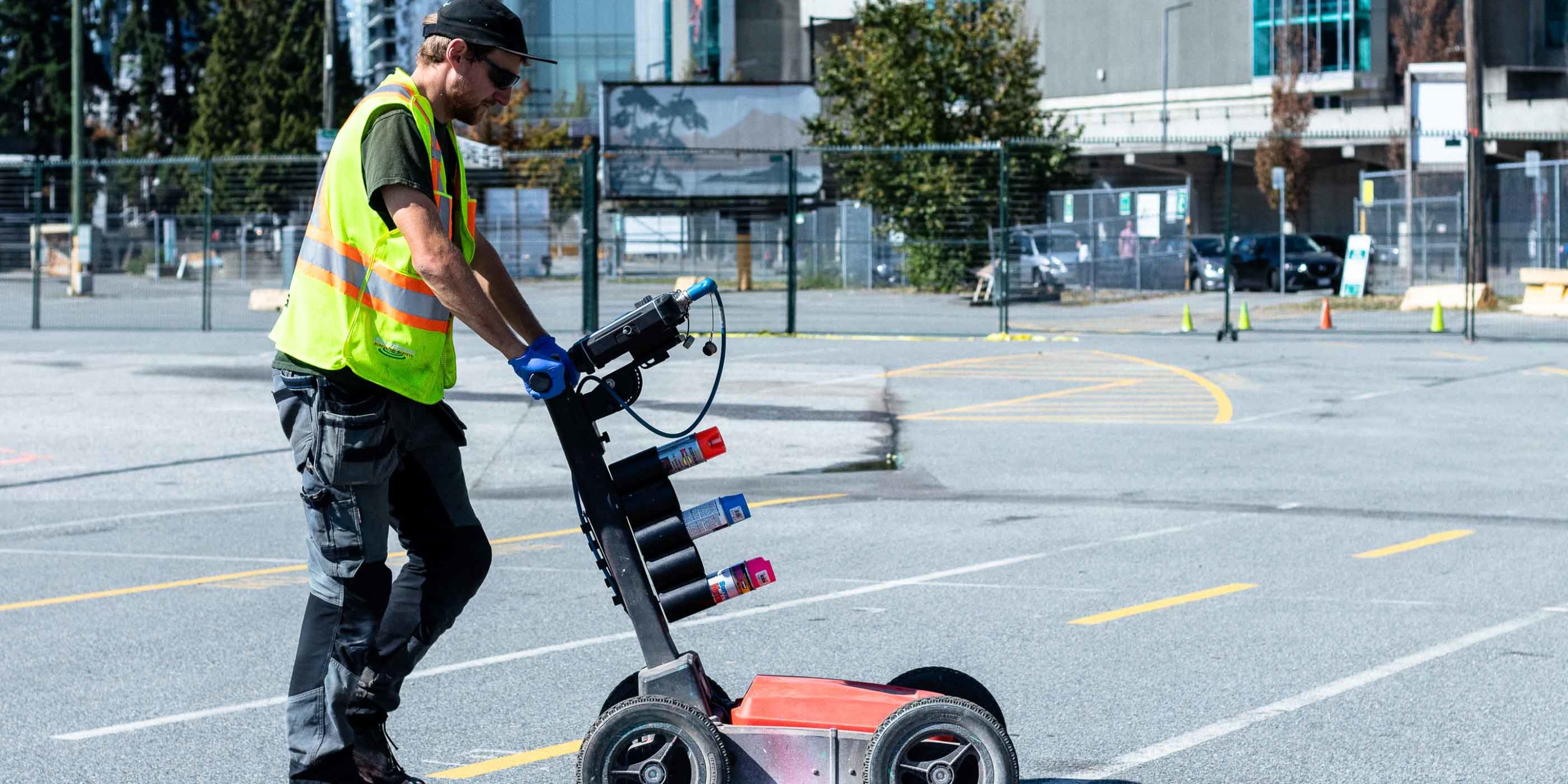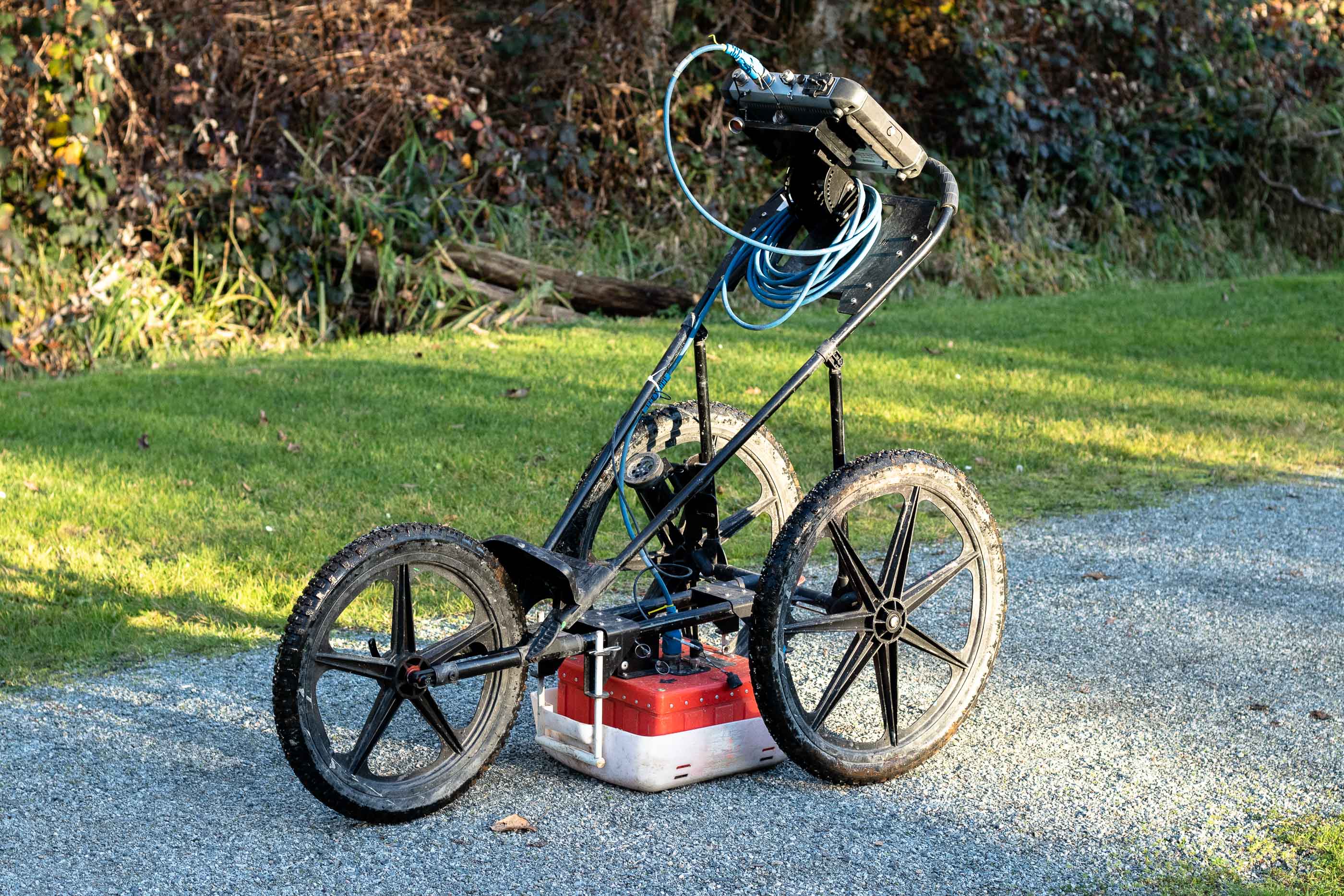
Industry standard detection. Metallic and non metallic targets. Linear and non-linear targets. Stratigraphy. GPR can find it all. That's why it is our first go-to method for achieving reliable results in everything we do.
Ground penetrating radar (GPR) offers the safest and most comprehensive scanning option for a wide range of applications and has formed the backbone of GeoScan’s service pool for over a decade. From identifying and locating subsurface services such as communications, electrical, gas, sewer, and water, to mapping bedrock tens of feet deep. We are up for any challenge and we are utilizing the most advanced available data processing software to bring out the hidden targets if possible.
Utility line locating is arguably the most common use of GPR, to update and confirm the accuracy of existing drawings and plans that may be outdated, before being able to break ground safely.
As well as GPR, GeoScan use Electromagnetic (EM) equipment. Both are non-destructive technologies that provide real-time results, that are marked on-site allowing you to dig with confidence.
As the technology advances and the range of applications is widening, we are keeping our equipment inventory and technicians’ training up to date.

The Technology
Ground Penetrating RADAR (Radio Detection And Ranging) works by sending high-frequency electromagnetic waves into the ground from a transmitting antenna and measuring the strength and time of any reflected signal. Reflections are produced whenever the transmitted wave enters into a material with differing dielectric permittivity from the material it left.
The strength, or amplitude, of the reflected wave is determined by the contrast in the dielectric permittivity and the conductivity of the two materials. To put this into context, a wave that moves from dry sand (dielectric of 5) to wet sand (dielectric of 30 and higher conductivity) will produce a strong reflection, while moving from dry sand (5) to limestone (7) will produce a relatively weak reflection.

Adjusting the Antenna
Different antenna frequencies determine both the penetration depth achievable and the size of targets that can be resolved or ‘seen’ by the radar pulse. Simply put, a low frequency e.g. 200MHz antenna will achieve a maximum of 7.5m depth penetration whereas, a high frequency such as 2.6GHz will achieve a maximum of 30cm. The 2.6GHz however, will be able to identify objects that are less than 2.5cm across, where as 200MHz will struggle to ‘see’ objects smaller than 30cm. Antenna choice is one of the most important factors in survey design.
GeoScan Subsurface Surveys operate a full range of GPR antennas from 200MHz to 2.6GHz.